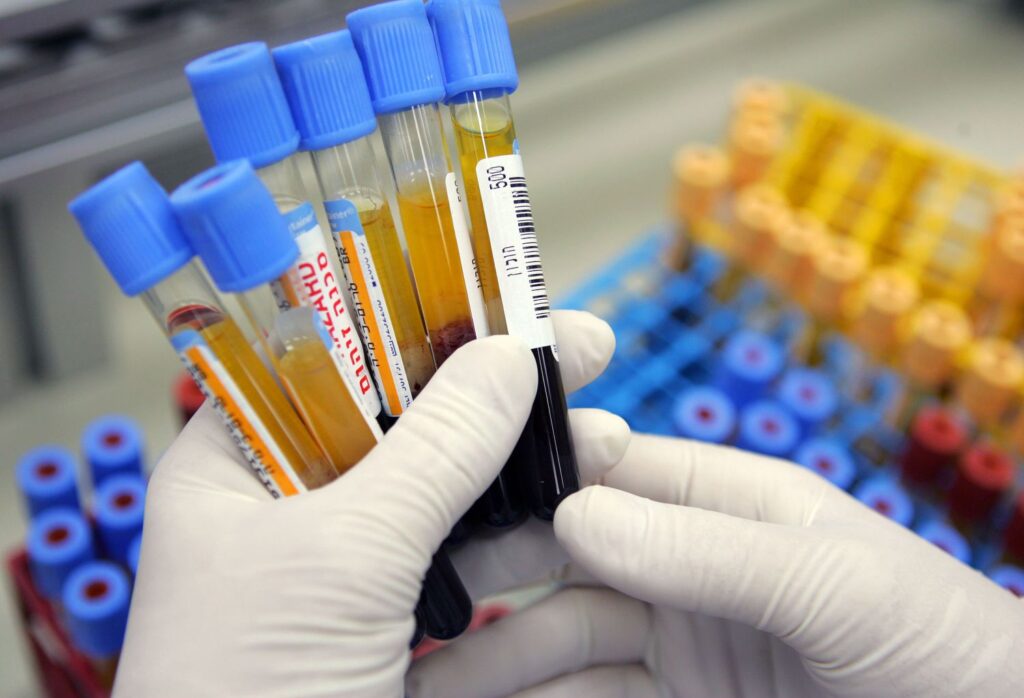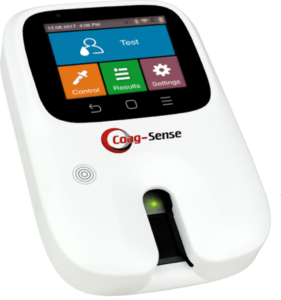Managing anticoagulation therapy around the time of surgery is a critical concern for patients on blood thinners like warfarin. The process, known as bridging therapy, involves temporarily stopping anticoagulants to reduce bleeding risk during surgery while minimizing the risk of thromboembolism.
Understanding the nuances of this approach is essential, especially for those utilizing patient self-testing PT/INR monitors to manage their therapy effectively.
What Is Bridging Therapy?
Bridging therapy refers to the temporary substitution of a long-acting anticoagulant (e.g., warfarin) with a short-acting one (e.g., low-molecular-weight heparin) during the perioperative period. This strategy aims to maintain adequate anticoagulation to prevent thromboembolic events while reducing the risk of excessive bleeding during and after surgery.
Why Pause Blood Thinners Before Surgery?
Blood thinners are paused before surgery to minimize the risk of bleeding complications. However, discontinuing anticoagulation increases the risk of thromboembolic events. Bridging therapy seeks to balance these risks by providing temporary anticoagulation with agents that have shorter half-lives, allowing for better control over anticoagulation status around the time of surgery.
Guidelines for Bridging Therapy
Clinical guidelines suggest that the decision to implement bridging therapy should be individualized based on the patient’s risk of thromboembolism and the bleeding risk associated with the surgical procedure. For instance, patients with mechanical heart valves or a history of thromboembolism may benefit from bridging, while those with lower risk may not require it. It’s essential to consult with healthcare providers to determine the appropriate approach.
Role of Patient Self-Testing PT/INR Monitors
Patient self-testing (PST) of PT/INR levels using home monitors has revolutionized anticoagulation management. These devices allow patients to monitor their coagulation status more frequently, leading to better control and timely adjustments in therapy. Studies have shown that PST can lead to improved therapeutic range maintenance and reduced complications.
Benefits of Patient Self-Testing
- Enhanced Monitoring: Frequent testing allows for timely detection of INR fluctuations, enabling prompt adjustments.
- Improved Outcomes: Maintaining INR within the therapeutic range reduces the risk of both bleeding and thromboembolic events.
- Convenience: Home testing eliminates the need for frequent clinic visits, enhancing patient comfort and adherence
- Empowerment: Patients actively participating in their care often experience increased satisfaction and confidence in managing their health.
YOU MAY READ OUR OTHER BLOGS TOO:
NAVIGATING MYOCARDIAL INFARCTION RECOVERY: THE VITAL ROLE OF PT/INR MONITORING
PT/INR MONITORING IN AORTIC ANEURYSM PATIENTS: BALANCING ANTICOAGULATION FOR VASCULAR HEALTH
Implementing Self-Testing During Bridging Therapy
During the perioperative period, self-testing becomes even more critical. Regular monitoring ensures that INR levels are within the desired range before surgery and helps in timely resumption of anticoagulation postoperatively. Patients should work closely with their healthcare providers to establish a testing schedule and understand the implications of their INR readings.
Challenges and Considerations
While PST offers numerous benefits, it’s essential to address potential challenges:
- Training: Patients need proper instruction on using the devices accurately.
- Cost: The expense of devices and supplies may be a barrier for some patients.
- Compliance: Regular testing requires commitment and adherence to the prescribed schedule.
Healthcare providers should assess each patient’s suitability for PST and provide necessary support to overcome these challenges.
SUMMARY
Bridging therapy is a vital strategy for managing anticoagulation around surgical procedures. Incorporating patient self-testing of PT/INR levels enhances the safety and effectiveness of this approach. By empowering patients to monitor their coagulation status, PST contributes to better outcomes and a more personalized healthcare experience.
Attaining ideal PT/INR LEVELS is paramount, particularly in the management of anticoagulant therapy, often employing medications like WARFARIN, commonly recognized as COUMADIN. Thankfully, the emergence of PT/INR MONITORING DEVICES has significantly streamlined this procedure. These devices enable individuals to conveniently evaluate their PT/INR levels at home, delivering prompt and precise test results.



